Bunch Grapes
Bunch Grape articles written by members of the Southern Region Small Fruit Consortium. More information on Bunch Grape crops.
-
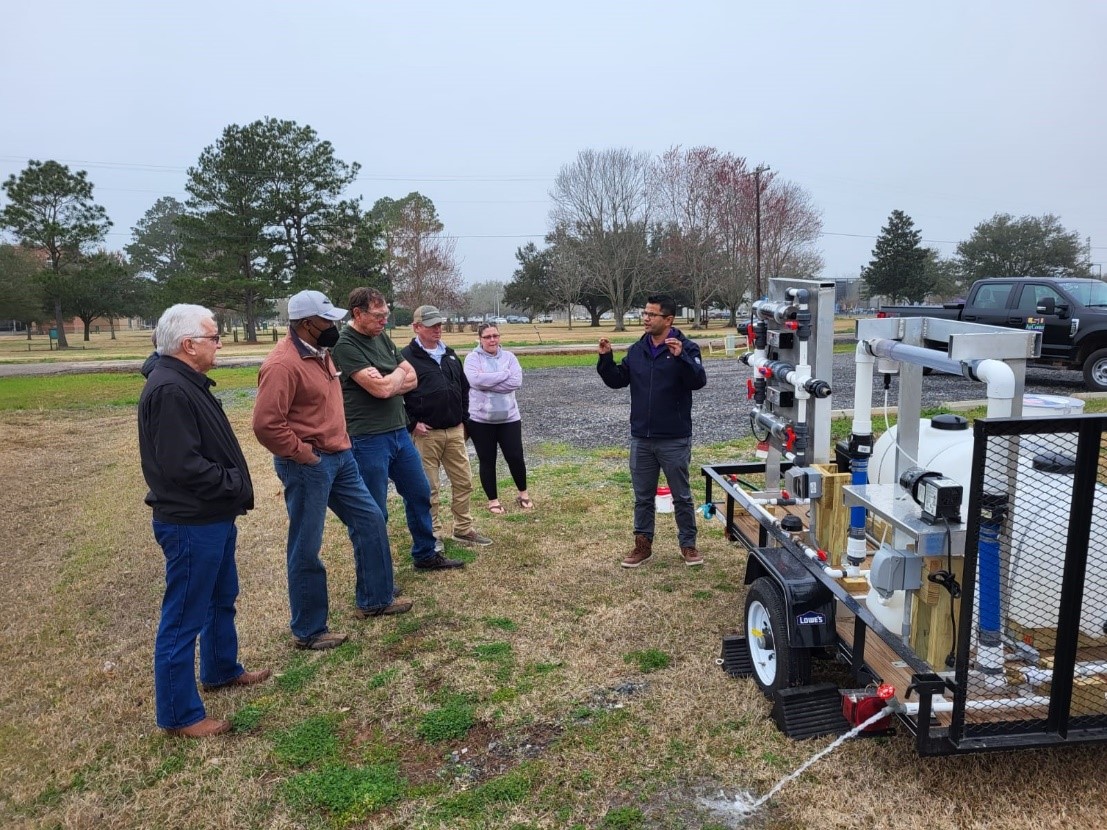
Water is an essential resource for small fruit growers, as it is crucial for irrigation and post-harvest activities. In this article, we will provide an overview of various options available to commercial small fruit growers, as well as other measures to improve water quality.
Posted in: Summer 2023 -

Botrytis cinerea is a fungus that causes disease in many crops. Most notably, it causes gray mold of strawberry and Botrytis bunch rot of grape. On strawberries, infection can occur at bloom, while disease symptoms appear at fruit ripening or post-harvest.
Posted in: Spring 2023 -
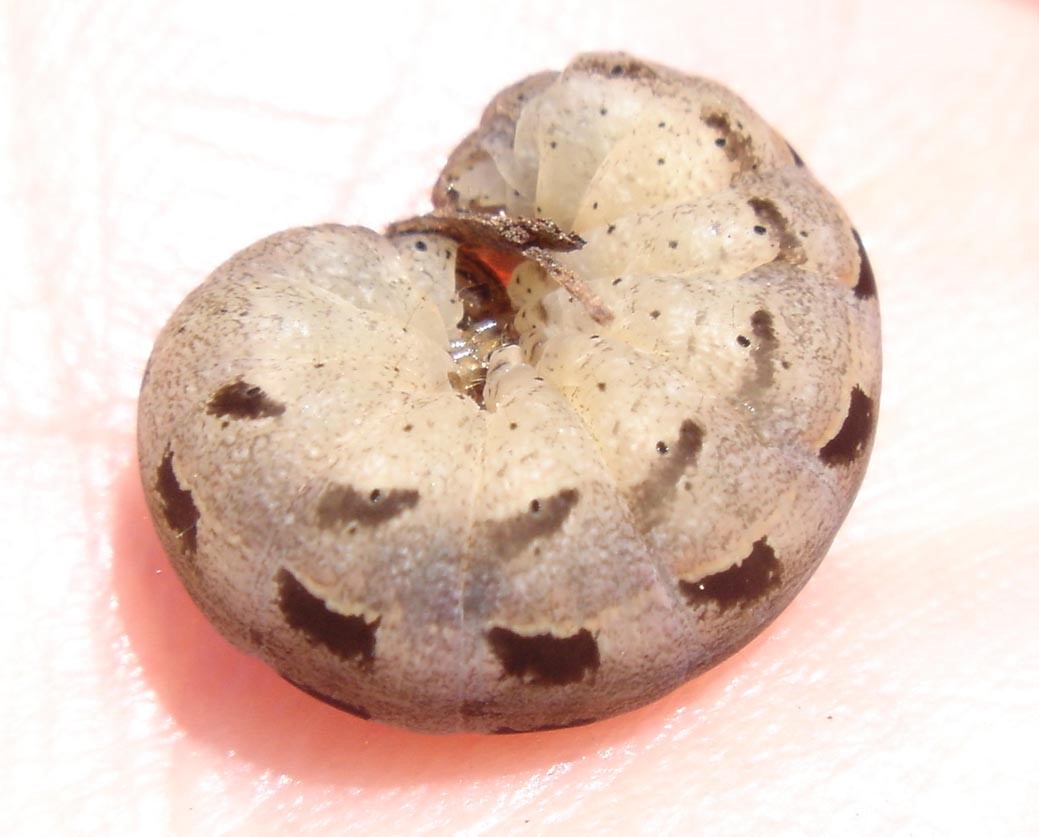
Many grape growers have had the experience of finding primary buds on their vines destroyed, leaving behind ragged remnants. Climbing cutworms are sporadic vineyard pests, mainly in sites with sandy soils, where they may completely strip the buds and young shoots in the early spring.
Posted in: Spring 2023 -

The Arkansas Grown Conference and Expo will be held January 25-28, 2023 in Little Rock at the Embassy Suites.
Posted in: Winter 2023 -

A demanding management program is required to effectively control the intense insect and disease pests of bunch grapes in the Southeast. One such pest is the grape root borer (GRB), Vitacea polistiformis.
Posted in: Winter 2023 -

Spotted lanternfly, Lycorma delicatula (White), is an invasive pest that is being watched closely in many states – not only the states with current infestations, but also areas where the insect is likely to show up next, or those with the most vulnerable crops.
Posted in: Winter 2023 -
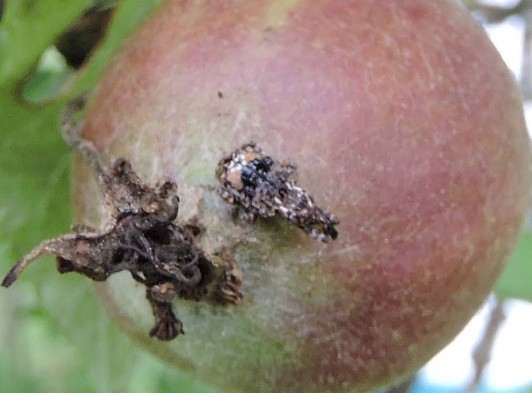
By Douglas G. Pfeiffer, Dept. Entomology, Virginia Tech, Blacksburg VA 24061 Usually thought of as apple, peach, cherry and plum pest but plum curculio also will attack blueberry, huckleberry, grape, and persimmon (Milholland & Meyer 1984). Plum curculio is one of the most potentially damaging pests on various hosts during the petal fall period. The…
Posted in: Summer 2022 -

Justin Scheiner, Associate Professor and Extension Viticulture Specialist, Department of Horticultural Sciences, Texas A&M University In 2021, the University of Arkansas System Division of Agriculture and Texas A&M University cooperatively released a new table grape, Southern Sensation Seedless. What makes this grape special is that after thirty-four years of trialing in central and southeastern Texas,…
Posted in: Spring 2022 -
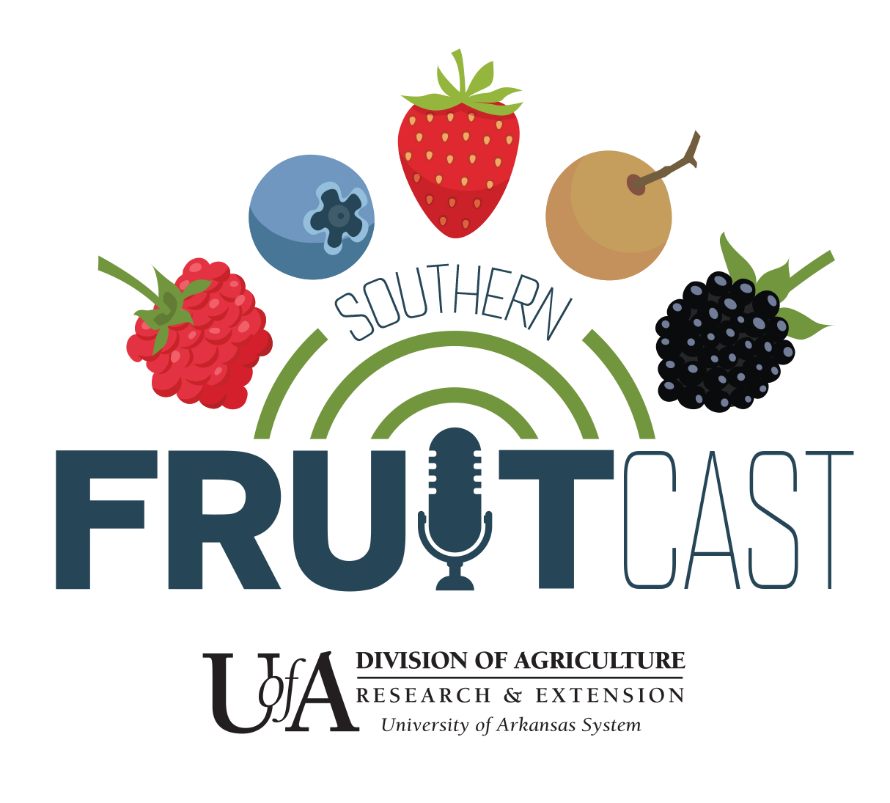
The Southern Fruitcast is hosted by Aaron Cato and Amanda McWhirt, extension IPM and production specialists for fruits and vegetables at the University of Arkansas. This podcast currently has 15 episodes that cover the people, technology and latest developments in small fruit production in the Southeast. Episodes can be found at www.uaex.edu/southernfruitcast. This purpose of…
Posted in: Winter 2022 -
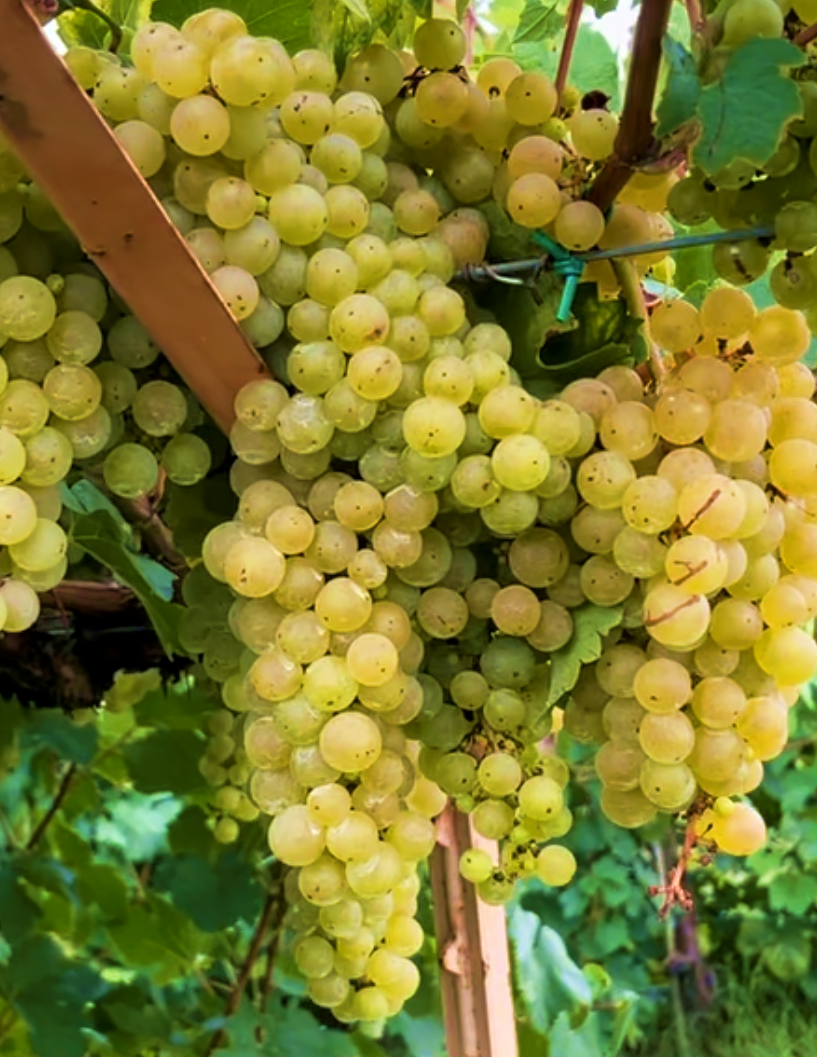
By Elina Coneva and Kassie Conner, Auburn University Pierce’s disease (PD) on grapes is the major limiting factor for growing Vitis vinifera (European) grapes in Alabama and the southeastern U.S. Generally, PD infection causes vine decline, yield loss, and vine death typically occurs within two to three years of infection. Management efforts are focused on…
Posted in: Winter 2022